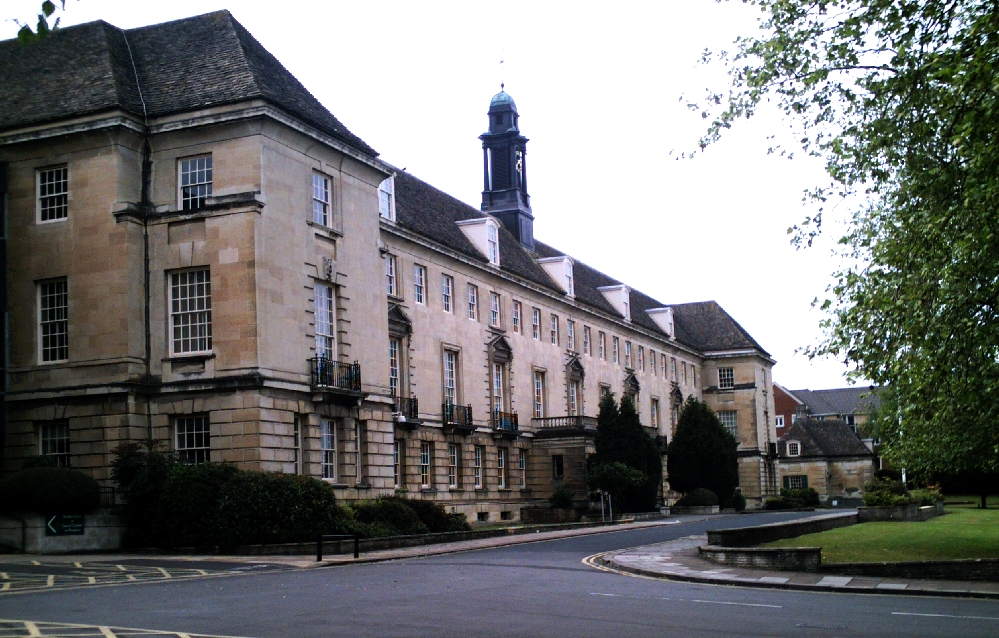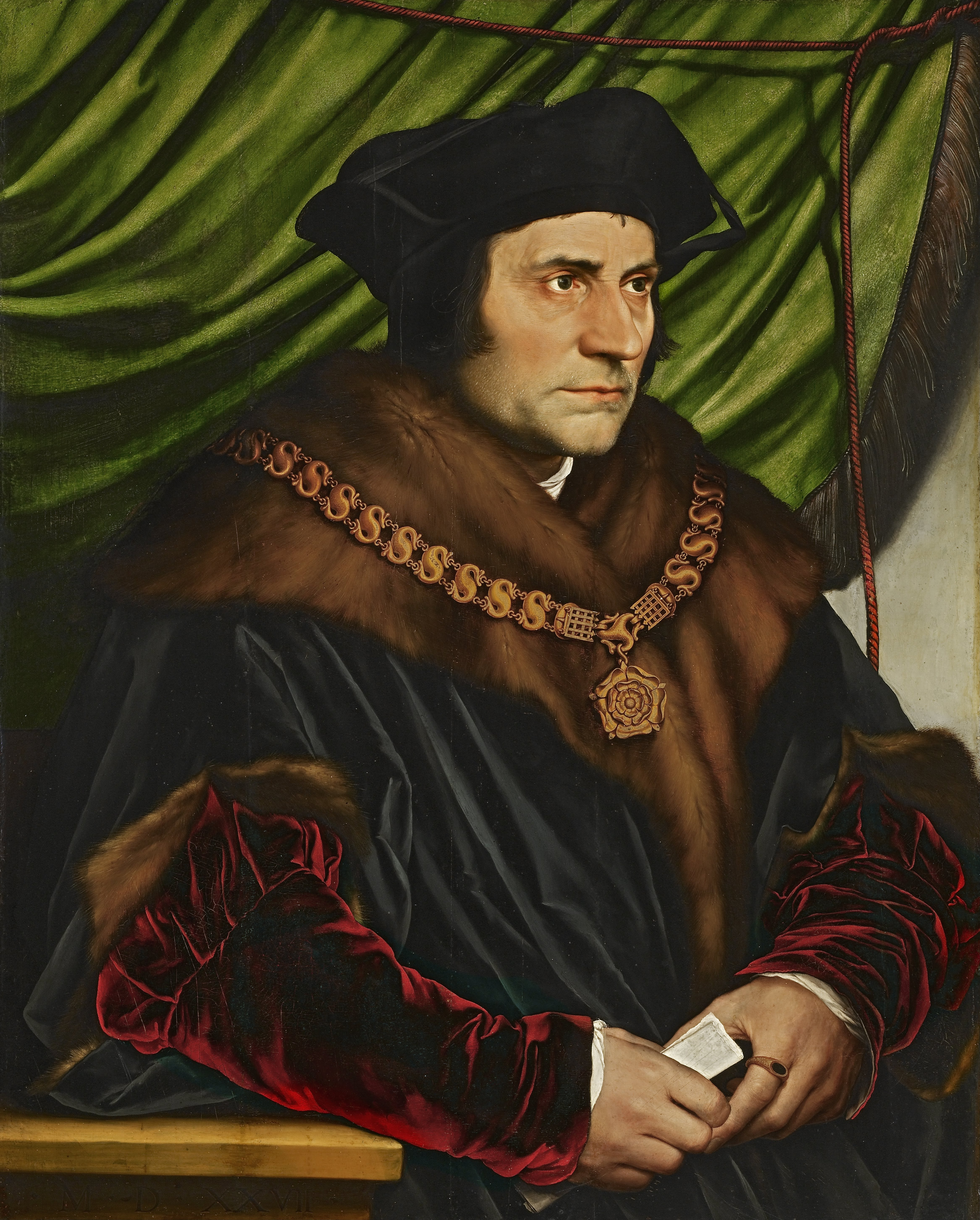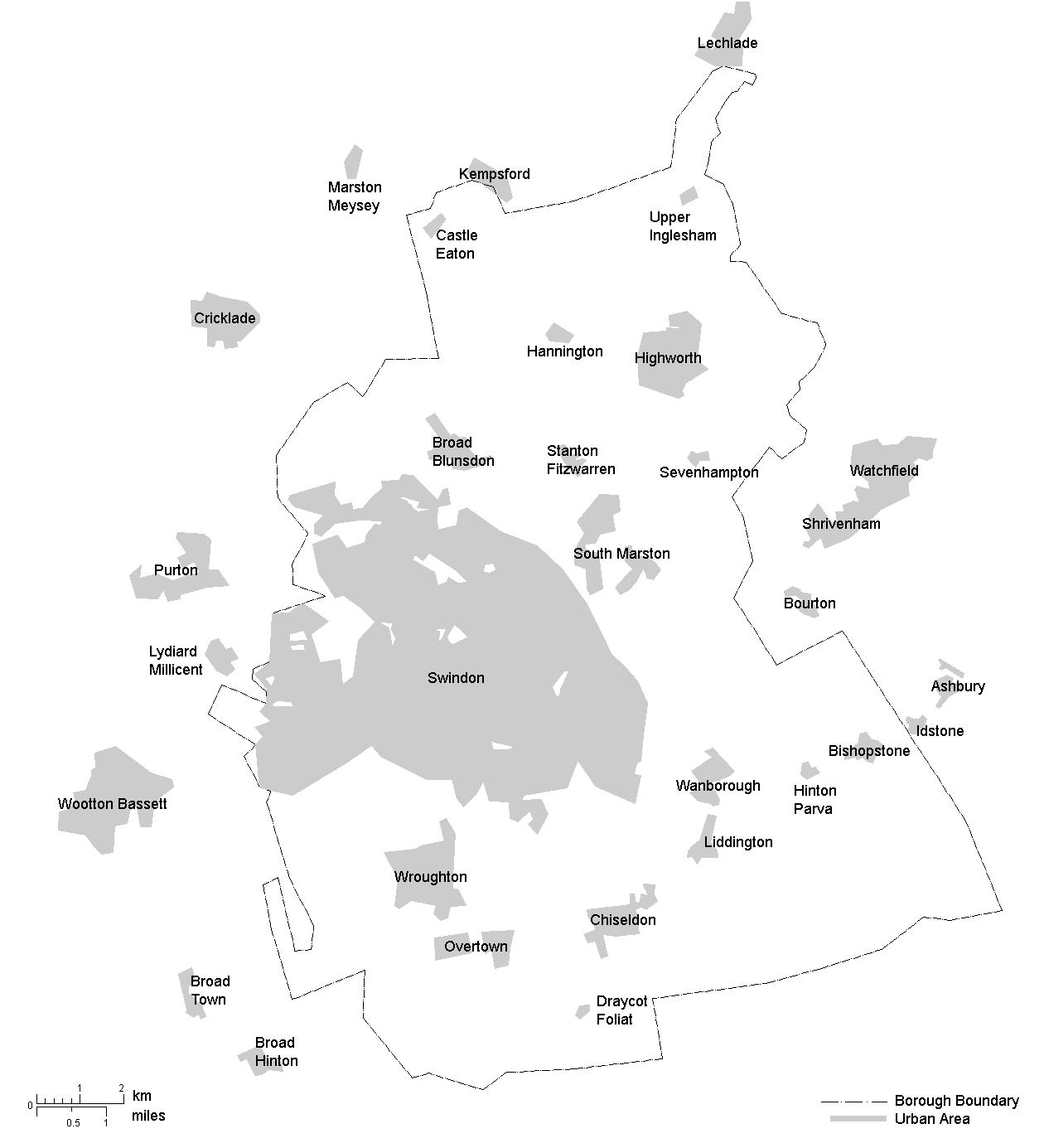|
John Lindow Calderwood
John Lindow Calderwood CBE (22 January 1888 – 7 February 1960) was an English solicitor, a British Army officer and an independent politician in Wiltshire, in the west of England. He was chairman of Wiltshire County Council from 1949 until his death in 1960. Early life Calderwood was born at 57, Main Street, Egremont, Cumberland, on 22 January 1888, the son of Dr George Calderwood, a surgeon of Beech House, Egremont, by his marriage to Mary Eleanor Lindow. He was educated at St Bees School and later at Caius College, Cambridge, where he matriculated on 1 October 1906. The name Lindow came to him from his mother, one of the Lindow family of Ingwell and Whitehaven, who had mining and other interests in Egremont. His cousin Jonas Lindow JP was county councillor for Egremont North, while his father was Medical Officer to Cumberland County Council. Career Calderwood was admitted a solicitor in November 1912 and joined the law firm of Townsend, Wood & Calderwood, of Crickl ... [...More Info...] [...Related Items...] OR: [Wikipedia] [Google] [Baidu] |
Order Of The British Empire
The Most Excellent Order of the British Empire is a British order of chivalry, rewarding contributions to the arts and sciences, work with charitable and welfare organisations, and public service outside the civil service. It was established on 4 June 1917 by King George V and comprises five classes across both civil and military divisions, the most senior two of which make the recipient either a knight if male or dame if female. There is also the related British Empire Medal, whose recipients are affiliated with, but not members of, the order. Recommendations for appointments to the Order of the British Empire were originally made on the nomination of the United Kingdom, the self-governing Dominions of the Empire (later Commonwealth) and the Viceroy of India. Nominations continue today from Commonwealth countries that participate in recommending British honours. Most Commonwealth countries ceased recommendations for appointments to the Order of the British Empire when they ... [...More Info...] [...Related Items...] OR: [Wikipedia] [Google] [Baidu] |
Cumberland County Council, England
Cumberland County Council was the county council of Cumberland in the North West of England, an elected local government body responsible for most local services in the county. It was established in 1889 as a result of the Local Government Act 1888. Carlisle was initially within its area but became a separate county borough in 1914. In 1974, both authorities were merged along with parts of others into the new Cumbria County Council. In April 2023 local government in Cumbria will be reorganised into two unitary authorities, one of which is to be named Cumberland Council and would include most of the historic county, with the exception of Penrith and the surrounding area. History County Councils were first introduced in England and Wales with full powers from 22 September 1889 as a result of the Local Government Act 1888, taking over administrative functions until then carried out by the unelected Quarter Sessions. The areas they covered were termed administrative counties and were ... [...More Info...] [...Related Items...] OR: [Wikipedia] [Google] [Baidu] |
Alderman
An alderman is a member of a Municipal government, municipal assembly or council in many Jurisdiction, jurisdictions founded upon English law. The term may be titular, denoting a high-ranking member of a borough or county council, a council member chosen by the elected members themselves rather than by Direct election, popular vote, or a council member elected by voters. Etymology The title is derived from the Old English title of ''ealdorman'', literally meaning "elder man", and was used by the chief nobles presiding over shires. Similar titles exist in some Germanic countries, such as the Sweden, Swedish language ', the Danish language, Danish, Low German, Low German language ', and West Frisia, West Frisian language ', the Netherlands, Dutch language ', the (non-Germanic) Finland, Finnish language ' (a borrowing from the Germanic Swedes next door), and the German language, High German ', which all mean "elder man" or "wise man". Usage by country Australia Many local government ... [...More Info...] [...Related Items...] OR: [Wikipedia] [Google] [Baidu] |
Mayoress
In many countries, a mayor is the highest-ranking official in a municipal government such as that of a city or a town. Worldwide, there is a wide variance in local laws and customs regarding the powers and responsibilities of a mayor as well as the means by which a mayor is elected or otherwise mandated. Depending on the system chosen, a mayor may be the chief executive officer of the municipal government, may simply chair a multi-member governing body with little or no independent power, or may play a solely ceremonial role. A mayor's duties and responsibilities may be to appoint and oversee municipal managers and employees, provide basic governmental services to constituents, and execute the laws and ordinances passed by a municipal governing body (or mandated by a state, territorial or national governing body). Options for selection of a mayor include direct election by the public, or selection by an elected governing council or board. The term ''mayor'' shares a linguistic ... [...More Info...] [...Related Items...] OR: [Wikipedia] [Google] [Baidu] |
Chain Of Office
A livery collar or chain of office is a collar or heavy chain, usually of gold, worn as insignia of office or a mark of fealty or other association in Europe from the Middle Ages onwards. One of the oldest and best-known livery collars is the Collar of Esses, which has been in continuous use in England since the 14th century. History Origins Various forms of livery were used in the Middle Ages to denote attachment to a great person by friends, servants, and political supporters. The collar, usually of precious metal, was the grandest form of these, usually given by the person the livery denoted to his closest or most important associates, but should not, in the early period, be seen as separate from the wider phenomenon of livery badges, clothes and other forms. From the collar hung a badge or device indicating the person the livery related to; the most important part of the ensemble for contemporaries. Equally gold collars that had no livery connotations were worn. Livery co ... [...More Info...] [...Related Items...] OR: [Wikipedia] [Google] [Baidu] |
Borough Of Swindon
The Borough of Swindon is a local government authority in South West England, centred on the urban area and town of Swindon and forming part of the ceremonial county of Wiltshire. History In 1974 the Thamesdown district of Wiltshire was created from the areas of the municipal borough of Swindon (created 1900) and Highworth Rural District (created 1894). On 1 April 1997 it was made administratively independent of Wiltshire County Council, and its council became a unitary authority. The council adopted the name Swindon on 24 April 1997. The former Thamesdown name and logo continued to be used by the municipal bus operator, Thamesdown Transport, until 2017 when it was sold and renamed to "Swindon's Bus Company". Geography The borough of Swindon occupies an area forming the north east corner of Wiltshire and is bordered by two other counties, Gloucestershire (to the north) and Oxfordshire (to the east). West Berkshire is also only a short distance from the borough's south easter ... [...More Info...] [...Related Items...] OR: [Wikipedia] [Google] [Baidu] |
Liquidator (law)
In law, a liquidator is the officer appointed when a company goes into winding-up or liquidation who has responsibility for collecting in all of the assets under such circumstances of the company and settling all claims against the company before putting the company into dissolution. Liquidator is a person officially appointed to 'liquidate' a company or firm. Their duty is to ascertain and settle the liabilities of a company or a firm. If there are any surplus, then those are distributed to the contributories. Origins In English law, the term "liquidator" was first used in the Joint Stock Companies Act 1856. Prior to that time, the equivalent role was fulfilled by "official managers" pursuant to the amendments to the Joint Stock Companies Winding-Up Act 1844 passed in 1848 - 1849. Powers In most jurisdictions, a liquidator's powers are defined by statute. Certain powers are generally exercisable without the requirement of any approvals; others may require sanction, either by t ... [...More Info...] [...Related Items...] OR: [Wikipedia] [Google] [Baidu] |
London Gazette
London is the capital and List of urban areas in the United Kingdom, largest city of England and the United Kingdom, with a population of just under 9 million. It stands on the River Thames in south-east England at the head of a estuary down to the North Sea, and has been a major settlement for two millennia. The City of London, its ancient core and financial centre, was founded by the Roman Empire, Romans as ''Londinium'' and retains its medieval boundaries.See also: Independent city#National capitals, Independent city § National capitals The City of Westminster, to the west of the City of London, has for centuries hosted the national Government of the United Kingdom, government and Parliament of the United Kingdom, parliament. Since the 19th century, the name "London" has also referred to the metropolis around this core, historically split between the Counties of England, counties of Middlesex, Essex, Surrey, Kent, and Hertfordshire, which largely comprises Greater London ... [...More Info...] [...Related Items...] OR: [Wikipedia] [Google] [Baidu] |
Mentioned In Dispatches
To be mentioned in dispatches (or despatches, MiD) describes a member of the armed forces whose name appears in an official report written by a superior officer and sent to the high command, in which their gallant or meritorious action in the face of the enemy is described. In some countries, a service member's name must be mentioned in dispatches as a condition for receiving certain decorations. United Kingdom, British Empire, and Commonwealth of Nations Servicemen and women of the British Empire or the Commonwealth who are mentioned in despatches (MiD) are not awarded a medal for their actions, but receive a certificate and wear an oak leaf device on the ribbon of the appropriate campaign medal. A smaller version of the oak leaf device is attached to the ribbon when worn alone. Prior to 2014, only one device could be worn on a ribbon, irrespective of the number of times the recipient was mentioned in despatches. Where no campaign medal is awarded, the oak leaf is worn direc ... [...More Info...] [...Related Items...] OR: [Wikipedia] [Google] [Baidu] |
King's Royal Rifle Corps
The King's Royal Rifle Corps was an infantry rifle regiment of the British Army that was originally raised in British North America as the Royal American Regiment during the phase of the Seven Years' War in North America known in the United States as 'The French and Indian War.' Subsequently numbered the 60th Regiment of Foot, the regiment served for more than 200 years throughout the British Empire. In 1958, the regiment joined the Oxfordshire and Buckinghamshire Light Infantry and the Rifle Brigade in the Green Jackets Brigade and in 1966 the three regiments were formally amalgamated to become the Royal Green Jackets. The KRRC became the 2nd Battalion, Royal Green Jackets. On the disbandment of the 1st Battalion, Royal Green Jackets in 1992, the RGJ's KRRC battalion was redesignated as the 1st Battalion, Royal Green Jackets, eventually becoming 2nd Battalion, The Rifles in 2007. History French and Indian War The King's Royal Rifle Corps was raised in the American colonies i ... [...More Info...] [...Related Items...] OR: [Wikipedia] [Google] [Baidu] |
King's Liverpool Regiment
The King's Regiment (Liverpool) was one of the oldest line infantry regiments of the British Army, having been formed in 1685 and numbered as the 8th (The King's) Regiment of Foot in 1751. Unlike most British Army infantry regiments, which were associated with a county, the King's represented the city of Liverpool, one of only four regiments affiliated to a city in the British Army. After 273 years of continuous existence, the regiment was amalgamated with the Manchester Regiment in 1958 to form the King's Regiment (Liverpool and Manchester), which was later amalgamated with the King's Own Royal Border Regiment and the Queen's Lancashire Regiment to form the present Duke of Lancaster's Regiment (King's, Lancashire and Border). The King's notably saw active service in the Second Boer War, the two world wars, and the Korean War. In the First World War, the regiment contributed dozens of battalions to the Western Front, Salonika, and the North West Frontier. More than 13,000 me ... [...More Info...] [...Related Items...] OR: [Wikipedia] [Google] [Baidu] |




_Oak_Leaf_Cluster.jpg)
